The story begins in November 2019, when a beekeeper in Washington state went to inspect his nests, he discovered that they had been mercilessly attacked.
There are thousands of dead honey bees scattered on the ground. The bees were brutally decapitated and bitten. Their nest has been breached.
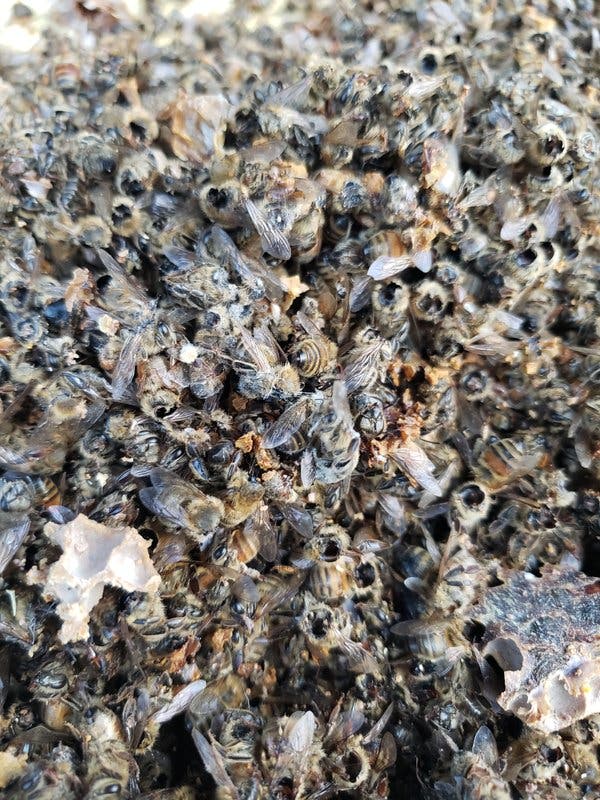
The carcasses of honey bees were photographed by bee owner Ted McFall of Blaine, Washington.
Despite decades of experience in the profession, bee owner Ted McFall has never seen such a gruesome sight. The culprit could not be identified until early December, a local dog discovered “he“died on his porch.
It was not a person, but a giant wasp. “The biggest wasp I’ve ever seen“, said the dog owner. He lived only 4 km north of McFall’s bee farm and immediately contacted authorities when he saw the suspect.
The bee was later identified as belonging to the genus Vespa mandarinia, or Asian giant wasp. These bees previously lived only in Southeast Asia and some parts of the Russian Far East. But somehow, now they’re back in America.
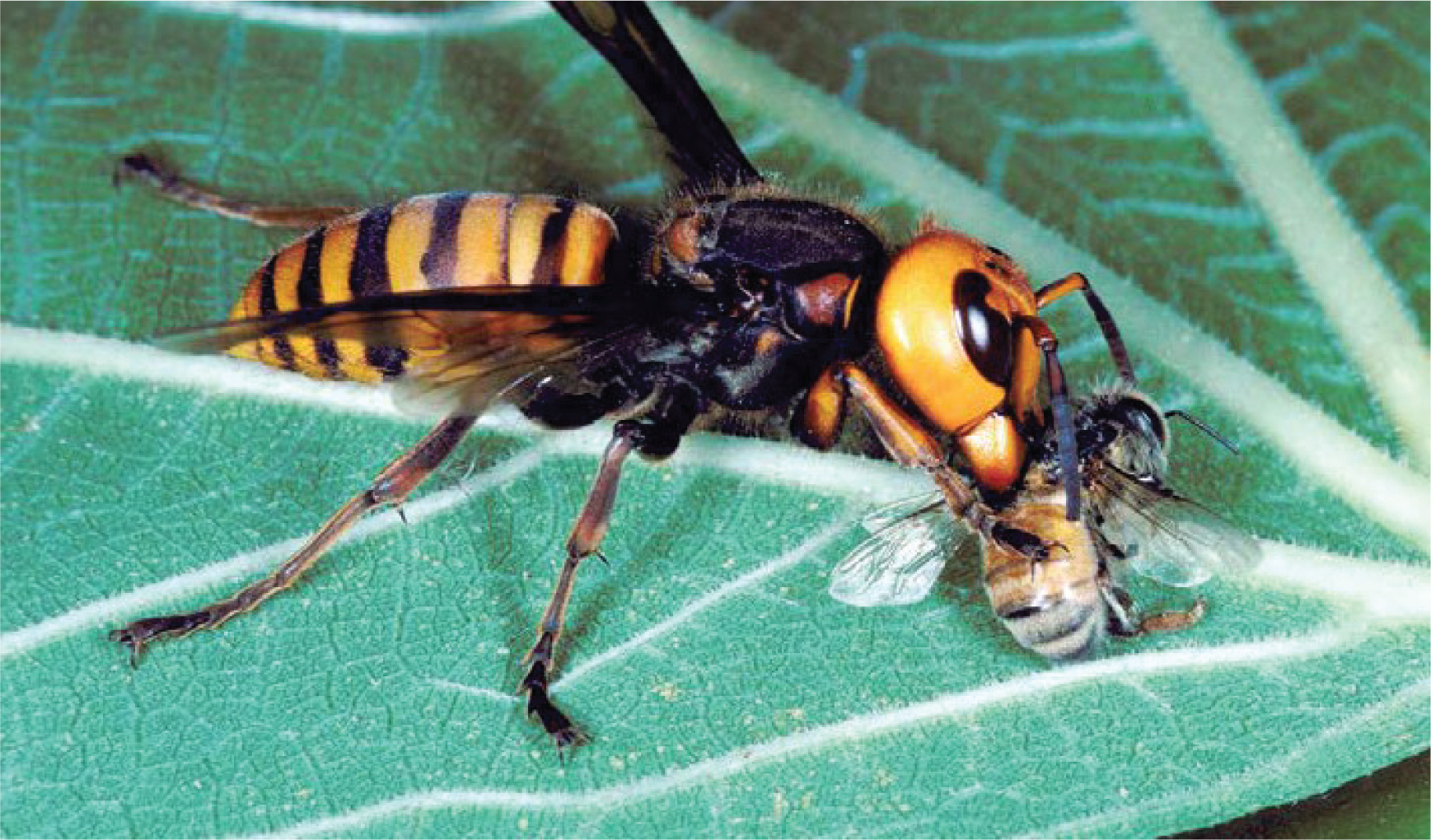
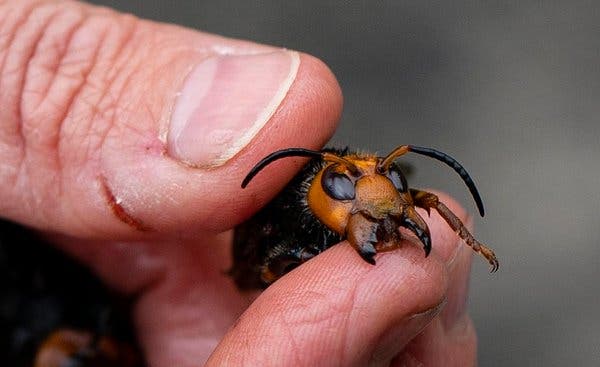
The carcass of a killer wasp. With this pair of jaws, it can decapitate 20 honey bees in just 1 minute.
That must not be good news, because these Asians are very good at fighting. They are dubbed the killer wasps, a top predator and will become a serious threat to honey bee ecosystems in North America as well as the entire Pacific Northwest.
With huge molars, the Asian wasp can easily tear off the head of a honey bee. They then extract their prey’s chest to eat it raw, where there are fatty and nutrient-rich muscle bundles that provide the energy for the bee’s wings to beat at high frequencies.
One wasp can decapitate 20 honey bees in just one minute. And a small team of them can wipe out a swarm of 30,000 bees in 90 minutes. Wasps also have venom. Their stings are extremely painful and their stingers are long enough to pierce even normal beekeeping clothing.
During millions of years of isolated evolution in the Americas, the local honey bees were not equipped with any strategy to defend against the powerful enemies from Asia. They quickly fell, and McFall’s hive-like massacres are a testament to that.
The Discovery+ channel even made a documentary.”Attack of the Murder Hornets” is about the uncompromising war in the world of bees. As for American scientists, they had to go back to Asia to find out if native honey bees have coped with giant wasps. how?
Vietnam was among the selected locations and our bees did not disappoint.
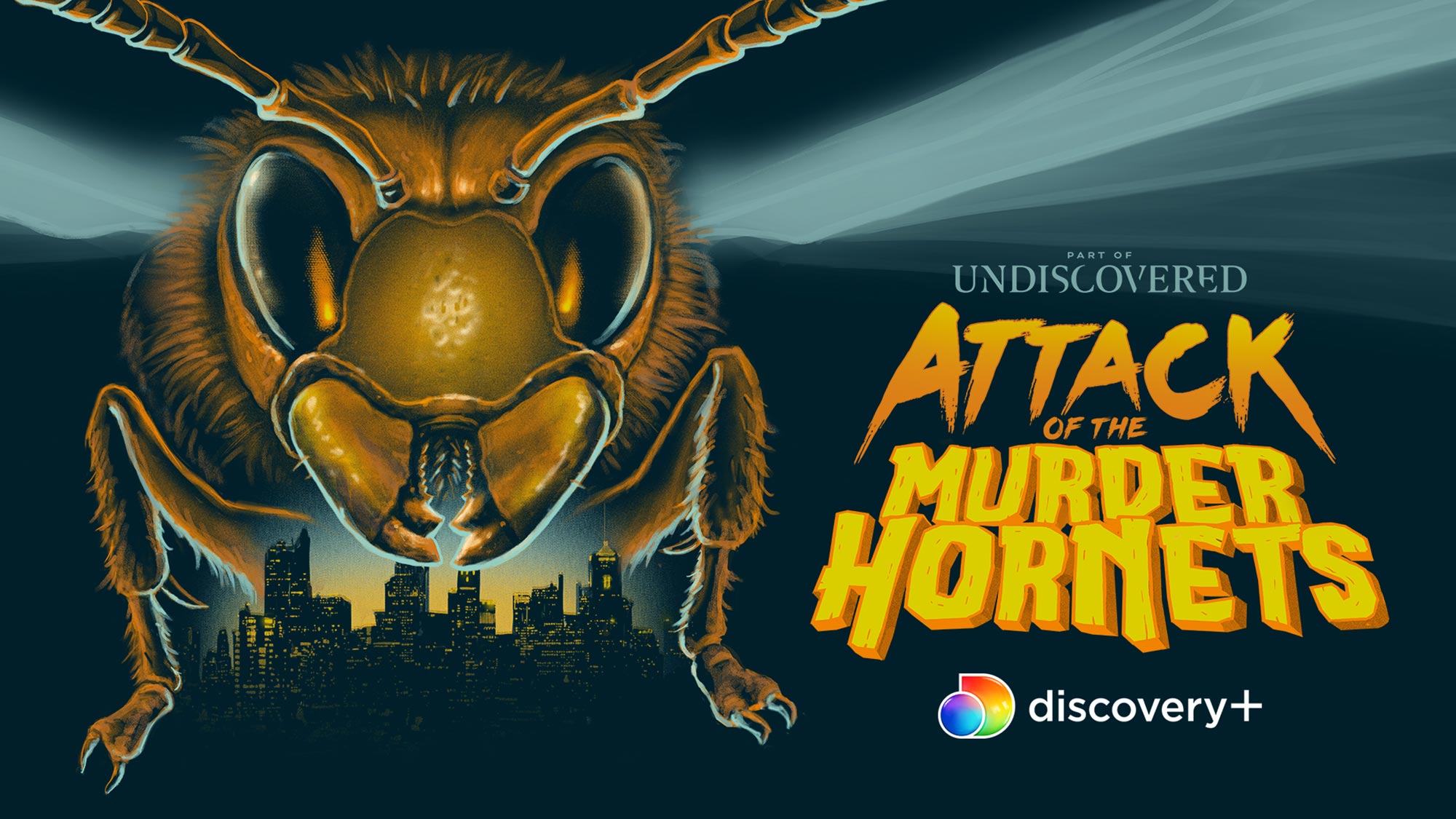
Discovery+ documentary poster: “Attack of the Killer Wasp”.
Bees in Vietnam make strangely long “beep” sounds
According to a new study published in the journal Royal Society Open Science, American scientists collaborated with a group of Vietnamese researchers. They went to Ba Trai and Cam Thuong communes of Ba Vi district, Hanoi to study the nest defense strategy of Asian honey bees (Apis cerana).
In the process, the scientists captured countless footage of the giant wasps attacking the honey bee’s nest. Dr. Heather Mattila, an associate professor of ecology at Wellesley University, noticed a very peculiar detail when first witnessing Vietnamese honey bees confront wasps.
That’s the sound they make. Between the humming of honey bee wings and the buzzing of larger wasp wings, Dr. Mattila heard the sounds of “pip” lasted very long. It seemed to be emitted by the Vietnamese honey bee like a siren, but also like a pitiful scream resounding in the chaos.
With 25 years of experience studying honey bees in Europe, Dr. Mattila has never heard such noises. “There’s something very human in their cry, something I can recognize“, she said.
Honey bees in Ba Vi make long “beep” sounds when they see giant wasps outside the hive.
Unlike humans, who communicate with their larynx and hear with their ears, bees use a special muscle in their chest to create what’s called a “vibrating sound” and hear that vibrating sound with the end of their antennae.
These pectoral muscles normally control the wings of the bee, but they can also vibrate at a very high frequency to produce a sound like a hiss. Scientists have long known that bees use these sounds to communicate.
And in the case of “pip” that Dr. Mattila heard, that’s how the bees in Ba Vi signal each other that wasps are coming to attack them.
This was confirmed after she and her colleagues listened to more than 21 hours of recordings containing about 30,000 samples of honey bee sounds. Audio samples are also fed into the computer for frequency analysis and spectral observations.
According to the results, the “pipThis length is emitted by honey bees both inside and outside the hive, which culminates when a wasp hovers just outside the entrance. Honey bees can even vibrate their pectoral muscles and move. Wings synchronize with each other to create a resonant sound.
“We can hear these bees from a few feet away“, said Dr. Mattila.These beeps share acoustic characteristics with the alarm howls, fearful screams and panic calls of primates, avian fish and meerkats.
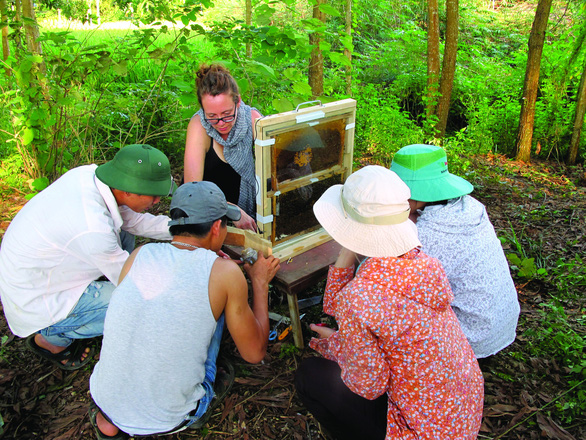
Dr. Heather Mattila and her research team in Ba Vi in 2013.
It’s part of a smart defense strategy
However, the “pip“The length of the Asian honey bee doesn’t just act as an alarm. It’s also part of a clever hive defense strategy,” the scientists found.
“One proposed idea is that the hiss would silence the bees for a moment, since the bees would all stand still for a beat after emitting them.“, said Dr. Mattlia. Now imagine in a tumultuous war, when the enemy has entered your base.
After a long “beep” signal, the honey bees fell silent together. They will create a trap to point out the intruder. Thanks to this silence, honey bees will know where the killer wasps are.
And then what can they do? Previous studies have shown that the Asian honey bee will lunge at the wasp, swarm around to wrap the enemy in a “”bee ball“And remember the muscles in their chest that vibrate to make sound?
This time, the same muscles will vibrate at a high frequency, but to generate heat. Caught in that hot ball of bees, the killer wasp would be killed by suffocation and the heat the honey bee generates.
Asian honey bees in Japan form bee balls to kill a killer wasp
That’s what happens when honey bees overwhelm their enemies. But when they are alone or in smaller numbers, what will the Asian honey bee do to deal with the killer wasps?
The scientists observed that when in that situation, these bees would shake their bodies at a certain frequency. This action will create an illusion with the purpose of confusing the predator’s vision. They can then take advantage of the situation to escape.
Earlier in 2020, Dr. Mattila also published a study showing that the Asian honey bee population in Vietnam has a special way of defending the nest. They often pick up cow dung, even chicken manure and plaster it on the entrance to their nest.
This action is taken when honey bees detect the scout wasps have arrived and release compounds (called pheromones) to mark their target. Realizing that an attack could be imminent, the honey bees went to collect dung to jam the pheromone chemical signals left by the wasps.
“We found wasps are less likely to land and attack the composted hive at the entrance“Together, these tactics are helping honeybees in Vietnam defend and counter the bloody carnage of giant wasps,” said Dr. Mattila.

Asian honey bees in Vietnam plaster the entrance to the hive as a defense against a giant wasp attack.
Every year around this time of fall, when the giant wasps gather to raise the queen and her young, they will often launch their most intense attacks on the honey bee hive. Had it not been for the COVID-19 pandemic, Dr. Mattila and her colleagues would have returned to Vietnam to continue studying that war.
But unlike the honey bee population in the US, which is still under threat, scientists say they are quite reassured with the fighting skills of honey bees in Vietnam. They are probably still diligently erasing pheromone traces, creating alarms and ready to strike back when threatened by killer wasps.
Refer to Nytimes, Arstechnica
.
